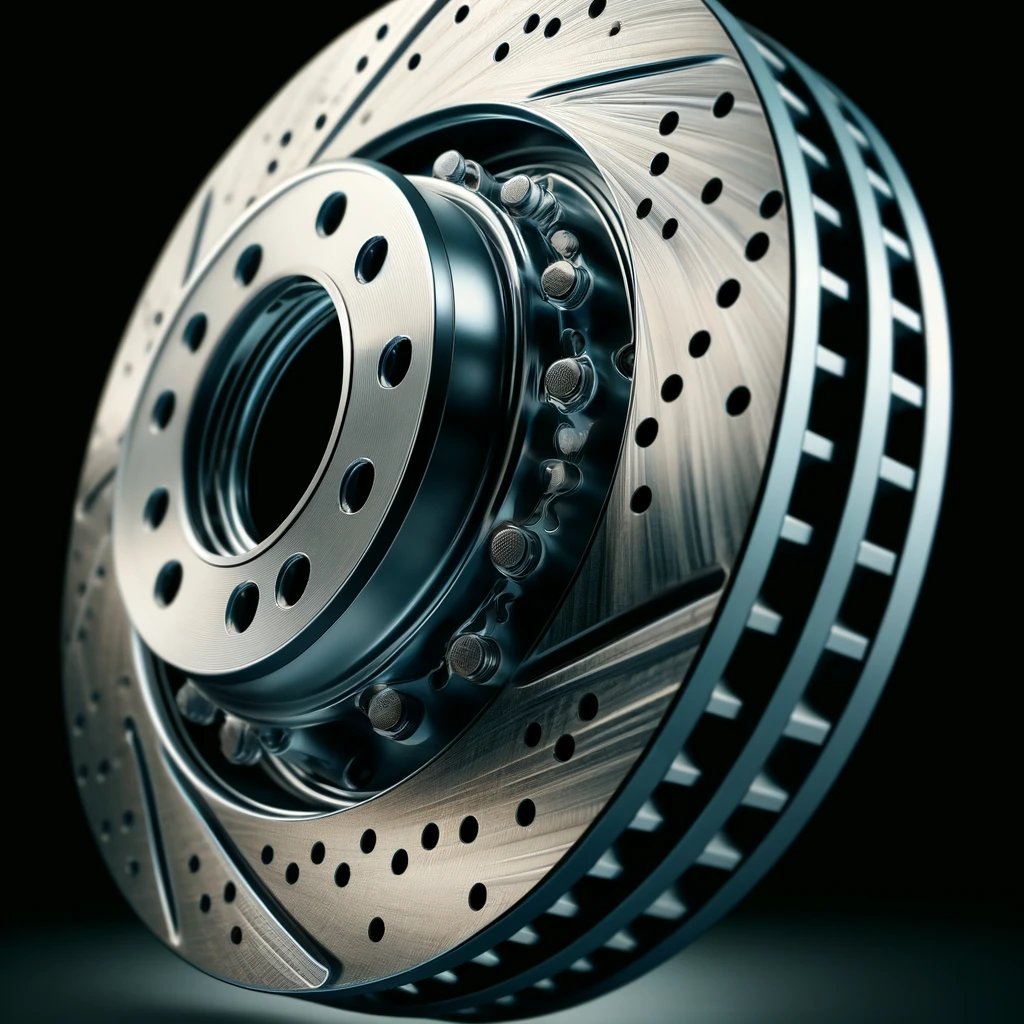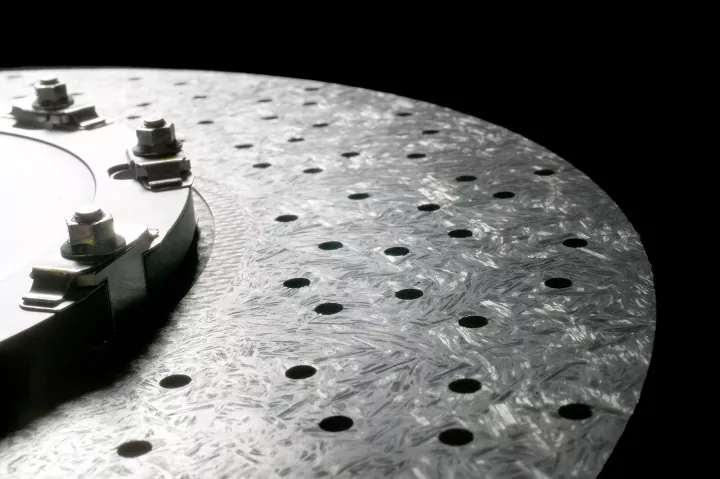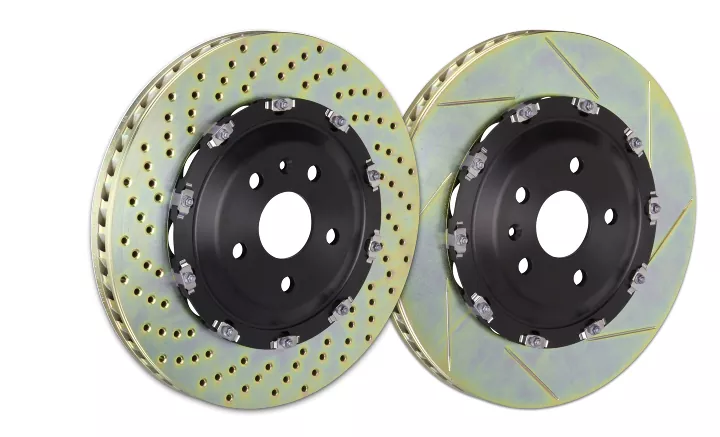For most drivers, a car’s standard braking system is more than enough for daily needs. Conversely, for those who crave speed, drive a high-performance vehicle, or tow heavy loads, the question of upgrading to performance brakes is a serious consideration. Ultimately, the choice between standard and performance brakes comes down to a fundamental trade-off between cost, longevity, and stopping power. By understanding the key differences, you can better decide which system is right for your vehicle and your driving style.
Standard Brakes: Engineered for the Everyday
Standard brakes are the most common type found on the majority of vehicles. They are, in fact, a reliable, cost-effective, and low-maintenance solution designed for everyday driving conditions.
- Function and Materials: Standard brake pads are typically made from organic or semi-metallic materials. Furthermore, they provide a predictable braking feel and are designed to function well in a wide range of everyday temperatures. Similarly, the rotors are usually made from a simple cast iron.
- Key Benefits:
- Cost-Effective: Both the initial cost and replacement parts are significantly cheaper than performance alternatives.
- Long-Lasting: In addition, standard components are designed for a longer service life under normal driving conditions.
- Quiet Operation: They generally produce less noise during braking. This, therefore, contributes to a smoother, quieter ride.
- Limitations: Standard brakes are, however, not designed to handle extreme heat. Consequently, under heavy, repeated use—such as in aggressive driving or a long descent—they can overheat. This, in turn, can lead to a dangerous condition known as “brake fade” where stopping power is severely reduced.
Performance Brakes: Built for Extreme Conditions
In contrast, performance brakes are engineered for vehicles that demand superior stopping power and heat resistance. They are, for this reason, a necessary upgrade for sports cars, track vehicles, or trucks that frequently tow heavy loads.
- Function and Materials: Performance brake pads are made from advanced ceramic or carbon compounds. These materials can, in fact, withstand much higher temperatures before experiencing brake fade. Additionally, performance rotors are often larger, thicker, and feature a slotted or cross-drilled design to improve heat dissipation and vent out gasses and debris.
- Key Benefits:
- Superior Stopping Power: They provide a stronger, more confident “bite” and a shorter stopping distance. This, naturally, is critical for high speeds.
- Enhanced Heat Management: The materials and design of performance brakes, furthermore, excel at dissipating heat. As a result, they ensure consistent braking even under extreme conditions.
- Improved Pedal Feel: High-quality components, moreover, offer a firmer, more responsive pedal. This gives the driver better control.
- Limitations:
- Higher Cost: Performance brake systems are, as you might expect, significantly more expensive. This includes both the initial purchase and replacement parts.
- Increased Noise: The more aggressive friction compounds can sometimes produce a squealing sound. This is, however, a normal characteristic.
- Shorter Lifespan (in some cases): Performance pads can also wear out faster than standard pads under normal, low-temperature city driving.
Which Is Right for You?
Ultimately, the best braking system for your car depends on how you use your vehicle and what you prioritize.
- Choose Standard Brakes if:
- You primarily use your car for daily commuting and typical city or highway driving.
- Furthermore, you want a cost-effective, low-maintenance solution.
- Finally, you prioritize quiet operation and a long lifespan.
- Upgrade to Performance Brakes if:
- You have a high-horsepower vehicle or are a car enthusiast.
- You also regularly participate in track days or spirited driving.
- In addition, you frequently tow heavy loads or drive in mountainous, hilly terrain.
Conclusion: Safety and Purpose Come First
In conclusion, the choice between standard and performance brakes is about matching your vehicle’s needs with your driving habits. For the vast majority of drivers, standard brakes offer the perfect balance of safety, reliability, and cost. However, for those who push their vehicles to the limit, the investment in a performance braking system is not just about better handling. Instead, it’s a critical safety upgrade that provides the stopping power needed for the road ahead.





